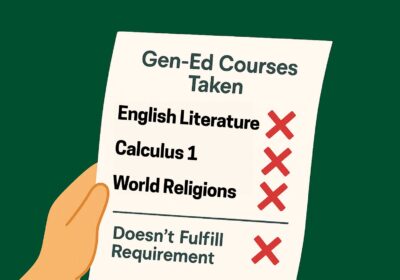Human trafficking is modern day slavery

With little coverage of human trafficking in the media, Americans are unaware of the severity of the issue. SPECIAL TO THE ORACLE
The idea of slavery in the U.S. is a reminder of our nation’s dark past, but it is a reality that is still very much alive in our “Land of The Free.” Human trafficking is silently plaguing the nation and the terrifying industry continues to grow right in our own backyard.
In order to truly abolish human trafficking, we must treat the issue as the modern-day slavery that it is.
Human trafficking comes in many different forms and can affect every demographic. The stories of victims who are lured in by seemingly normal, safe individuals and are sold time and time again for profit are not isolated; these stories are frequent occurrences throughout the nation.
The International Labor Organization reports that the human trafficking industry is worth over $150 billion worldwide, and estimates that there are 20.9 million victims globally. Victims are mainly targeted during travel, and those who seem vulnerable are targeted most heavily.
When people think of human trafficking, it is typically thought of as selling young women into prostitution. While this does constitute a huge part of the human trafficking industry, prostitution is not the only issue. Immigrants are sold into the workforce for little to no wage children are sold on the black market and men are taken advantage of in the workplace. Each of these groups are the silent victims that human trafficking claims.
The National Human Trafficking Hotline recorded 7,572 human trafficking cases in the U.S in 2016. While this number is staggering, it does not include the countless cases that happen in silence. Between 2015 and 2016, the rate of human trafficking rose 35.7 percent and the number will surely continue to increase unless we work to prevent this national crisis.
While the legislature passed a plethora of bills in 2017 to help put an end to human trafficking, no change of law alone will bring trafficking to its end. Legislators, law enforcement, the mainstream media and members of every community must work in unison.
The media plays a huge role in the information that we consume and understand. However, the media lacks coverage of the severity of human trafficking in the U.S.
What would happen if more people understood the severity that human trafficking is taking place at every day, right in front of us? Would it help us to realize the signs that something is wrong?
Notorious for their reputation of human trafficking, many massage parlors and nail salons have been busted for abusing and selling their workers into forced labor or prostitution.
From 2007 to 2016, Polaris reported approximately 2,950 cases of human trafficking in nail salons and massage parlors alone. Polaris explains that because most of these victims were Asian females between the age of 20-30, a language barrier may have prevented them from reaching out for help.
By being more aware of our surroundings, recognizing telltale signs and discussing the human trafficking issue that is unfolding in every corner of our nation, we too can help to eventually bring this issue to a close. As members of this nation, we have a duty to help victims and to spread awareness.
If you have any suspicion of possible human trafficking happening around you, call the National Human Trafficking Resource Center’s hotline at 1(888) 373-7888 or visit traffickingresourcecenter.org.
Samantha Moffett is a sophomore majoring in mass communication.







